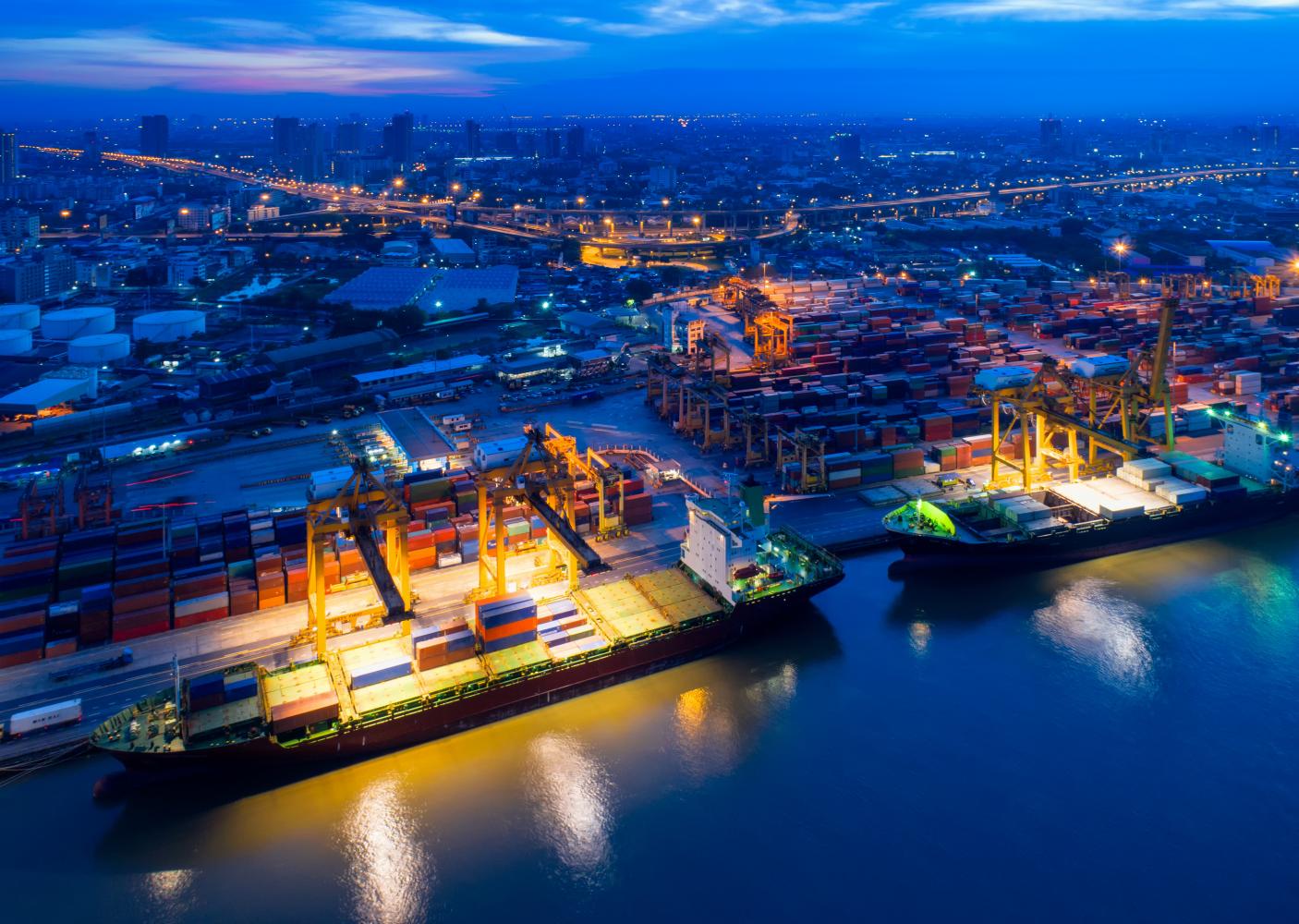
The World Bank trimmed Thailand's economic growth forecast for this year and 2024 based on anticipation the country's exports would contract due to easing global demand. Tourism and private consumption are the key fuel driving economic growth.
Thailand's economic growth was trimmed by the World Bank to 3.4% in 2023 from 3.6% in an earlier forecast, according to the World Bank's October 2023 East Asia and Pacific Regional Economic Outlook.
Meanwhile, 2024 economic growth was also cut by 0.2 percentage points, dropping to 3.5% from an estimate of 3.7% in April.
Thailand's goods exports are expected to contract by 2.1% in 2023, in terms of US dollars, owing to reduced demand from major advanced economies.
Meanwhile, economic growth in the second quarter this year declined more than expected to 1.8% on a year-to-year basis.
The long transition towards the formation of a new government will also delay public and private investment.
The GDP growth forecast for 2023 and 2024 would primarily be driven by the recovery of tourism and strong private consumption.
Foreign tourist arrivals are projected to reach the pre-pandemic level by the end of 2024.
The bank also predicts Thailand's economic growth would be 3.3% in 2025, according to the report.
In addition, the bank forecasts headline inflation of 1.5% in 2023 which is lower than most emerging market economies due to the downturn in energy prices and the ongoing implementation of price caps.
However, there are still upside risks to core inflation due to increased consumption and elevated global food prices.
With the slow progress of fiscal consolidation owing to extended energy subsidies, public debt is expected to remain above 60% of GDP until the end of 2023.
The current account balance is expected to reverse from its deep deficit over the past two years and return to positive territory in 2023, according to the report.
A slowdown in inflation will ease some pressure on households, while the expansion of the state welfare card scheme is expected to contribute to poverty reduction in 2023.
"Thailand's household debt ratio is 90.6% of GDP which is a higher concern than public debt," said World Bank East Asia and Pacific vice-president Manuela V. Ferro.
The country's public debt is expected to be 60.2% of GDP this year, then decline to 59.6% in 2024, and to 59.5% in 2025.
Consequently, the projected poverty headcount when measured at the upper-middle income poverty line (US$6.85 a day in 2017 PPP), is anticipated to decline to 9.1% in 2023 and maintain a downward trajectory throughout 2024 and 2025.
The World Bank stated that growth in the region remains higher than the growth projected in other emerging market and developing economies.
The East Asia Pacific region is now projected to grow by 4.6% in 2023. Meanwhile, growth in China is projected to be 5.1% in 2023.
"The East Asia and Pacific region will be the fastest growing and the most dynamic of the world's major regions in 2023, even though growth is anticipated to moderate in line with the slower patch of China's economy," Mr Ferro said.
Over the medium term, sustaining high growth will require reforms, especially in services, to maintain industrial competitiveness, diversify trading partners and boost productivity in sectors from retail and finance to education and health, he said.